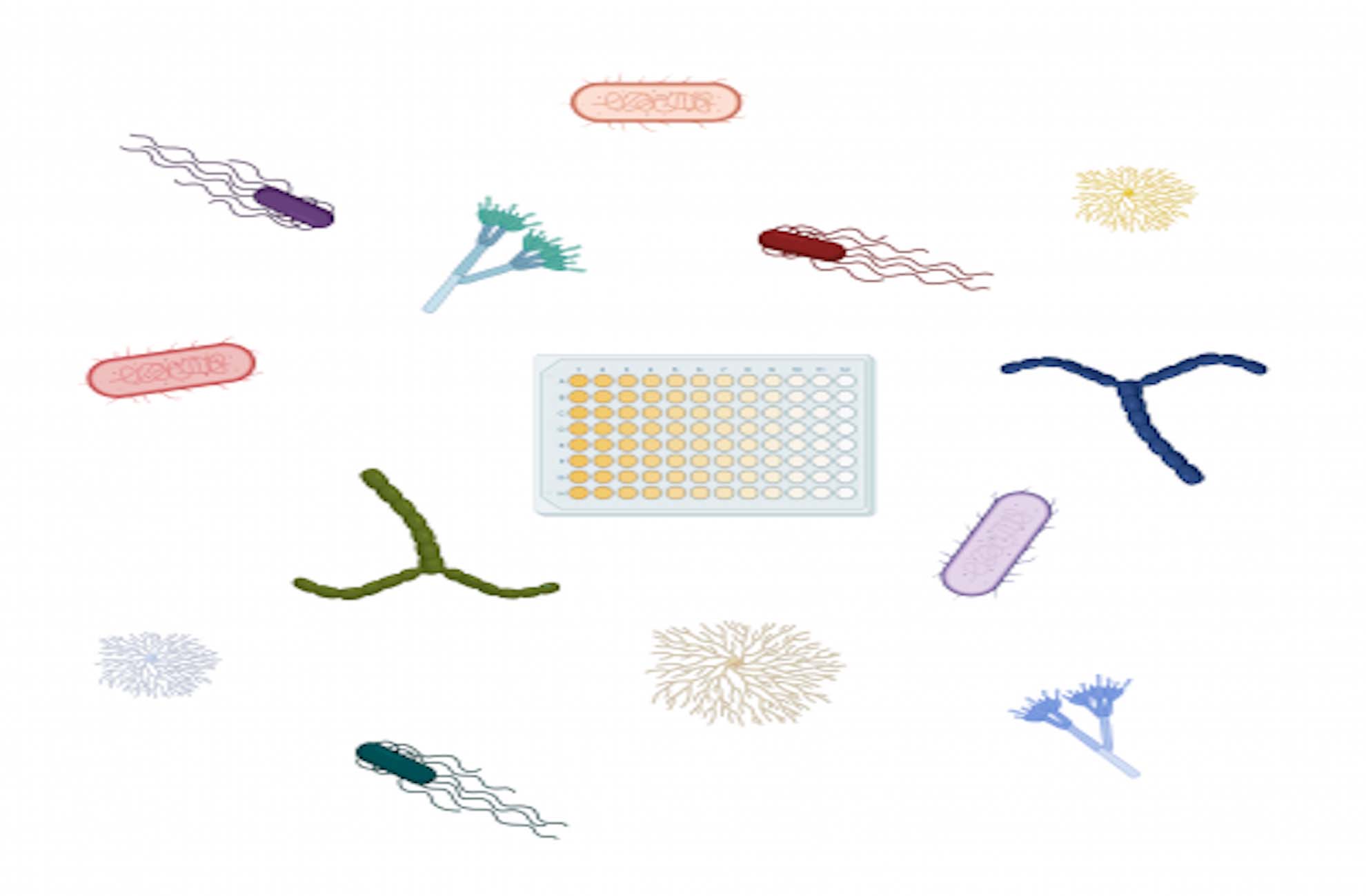12 November 2024
Managing Matrix Interference in Immunoassays: Tips and Solutions
Reddot: Matrix interference affects immunoassay accuracy by skewing results, especially in plasma and serum. Learn how to detect and reduce these effects using techniques like dilution, calibration, and proper sample prep.
Matrix interference, or matrix effects, occurs when components in your sample interact with your protein of interest, skewing immunoassay results and reducing accuracy. This often manifests as lower-than-expected OD readings and is especially common in complex sample types like plasma and serum. These undesirable effects arise from various factors, including the presence of phospholipids, carbohydrates, other proteins, high viscosity, salt concentration, direct protein-protein interactions, or imbalances in pH.
To identify matrix interference, a spiking experiment can be performed. This involves adding a known quantity of standard protein to your sample and comparing the results to those obtained by diluting the standard in a dilution buffer. It’s crucial to minimize the volume of standard added to avoid disrupting the matrix. If the spiked sample results differ from the standard in buffer, matrix interference may be present. You can calculate percent recovery using the following formula:
Percent Recovery=(Spiked Sample Concentration−Sample Concentration)Spiked Standard Diluent Concentration×100\text{Percent Recovery} = \frac{(\text{Spiked Sample Concentration} – \text{Sample Concentration})}{\text{Spiked Standard Diluent Concentration}} \times 100Percent Recovery=Spiked Standard Diluent Concentration(Spiked Sample Concentration−Sample Concentration)×100
While 100% recovery is ideal, acceptable recovery typically ranges between 80-120%. Matrix interference is likely if recovery falls below 80%.
If matrix effects are impacting your assay, consider these strategies to mitigate them:
- Sample Dilution
Dilute your sample using the sample dilution buffer to reduce the concentration of interfering components. Finding the right dilution factor may take time and vary depending on the sample and the level of interference. Make sure that the same buffer is used for diluting both samples and standards, and that results fall within the assay’s range. Always account for dilution factors when calculating final concentrations.
- Matrix Calibration
To further address matrix effects, dilute both the standards and samples in the same matrix, such as normal serum when working with serum samples. This helps balance matrix-induced variations but requires careful optimization to find the right dilution ratio.
If you suspect matrix interference in your experiment, you should contact your supplier to discuss your data and provide personalized recommendations to improve your results!

 Find products for your research
Find products for your research


